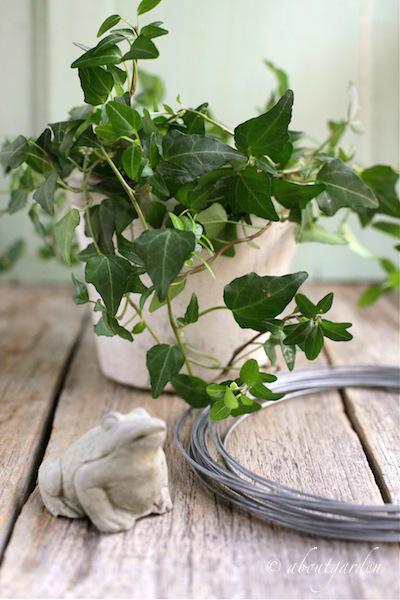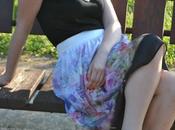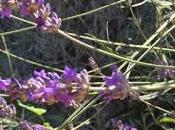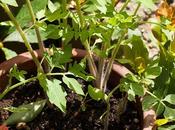“L’amicizia ha scelto per emblema l’edera”
scrive nel 1819 Charlotte de Latour nel volumetto Le Language des Fleurs (delizioso testo di cui consiglio l’acquisto e la lettura), la pianta sempreverde infatti nella crescita salda i suoi tralci ad ogni sostegno che incontra. Di poche esigenze colturali, Hedera helix ha il pregio di adattarsi alla coltivazione in vaso e di avere una chioma sufficientemente malleabile da essere guidata a piacimento su supporti o particolari armature che ne disegnano una nuova forma.
***
“Friendship has chosen ivy as emblem” in 1819 Charlotte de Latour wrote in the volume Le Language des Fleurs (delicious text I recommend to buy and read), as a matter of fact this evergreen plant, while growing, interlaces its branches to every support that comes across. Of low maintenance, Hedera helix has the advantage to adapt to growing in pots and have a canopy malleable enough to be driven at will on other supports or special armor that draw a new shape.

Scegliete tra le differenti varietà, piante dalla crescita lenta e dalle foglie più piccole, predisponete al centro del vaso il sostegno che puó semplicemente essere costituito da un cerchio ottenuto piegando in forma un fil di ferro le cui estremità si conficcano saldamente nel terriccio. Il cerchio puó essere sostituito da un cuore o divenire una sfera, la fantasia non ha limiti ma le forme classiche sono sempre le più eleganti.
***
Choose among the different varieties plants from slow growth and smaller leaves, predispose at the center of the pot the support which can simply consist of a circle obtained by bending a wire sticking firmly its ends in the soil. The circle can be replaced by a heart or become a sphere, imagination has no limits but the classical forms are always the most elegant ones.

Dovrete seguire la crescita dell’edera per guidare i nuovi getti sull’armatura fino a che non sia interamente ricoperta.
In seguito procedete a regolari potature di sfoltimento o all’eliminazione di eventuali porzioni secche. Annaffiate la vostra edera due o tre volte a settimana e posizionatela in un luogo luminosa lontana da fonti di calore. Ogni tanto per rimuovere la polvere, lavate la pianta sotto il getto d’acqua della doccia o con il vaporizzatore.
Riprodurre l’edera è pittosto semplice, si utilizza la talea, in qualsiasi periodo dell’anno, anche se è preferibile procedere a luglio-agosto o ottobre-novembre. Le talee, lunghe 10-15 cm., devono essere messe a radicare con una miscela di torba e sabbia in parti uguali. Se si vogliono ottenere esemplari rampicanti, le talee devono essere prelevate da rami giovani invece se ottenute da rami adulti danno origine a piante a portamento cespuglioso e non rampicante. Le talee di alcune varietà, radicano bene anche in acqua, non appena compariranno le radici dovrete trapiantarle in vasi con torba e sabbia.
***
You will have to follow the growth of ivy to lead the new shoots on the armor until it is completely covered.
Later on proceed to regular pruning or to remove any dried portions. Water your ivy two or three times a week and place it in a bright place away from heat sources. Occasionally to remove dust, wash the plant under the stream of water from the shower or with a vaporizer.
Ivy is rather simple to duplicate, use the cuttings, at any time of year, although it is preferable to proceed in July-August and October-November. The cuttings, 10-15 cm long, must be left to root with a mixture of peat and sand in equal parts. If you want to get climbing specimen, cuttings should be taken from young branches, if obtained from adult branches they will instead give rise to bushy and not climbing plants. With cuttings of some varieties, root well also in water, as soon as roots will appear transplant them in pots with peat and sand.






